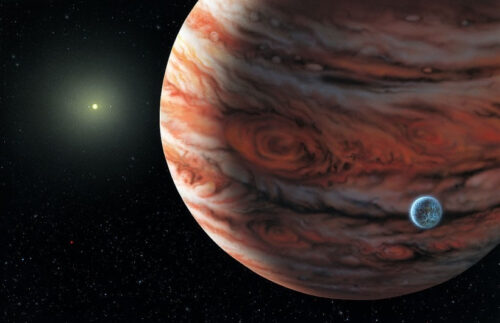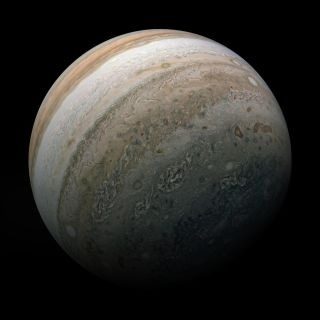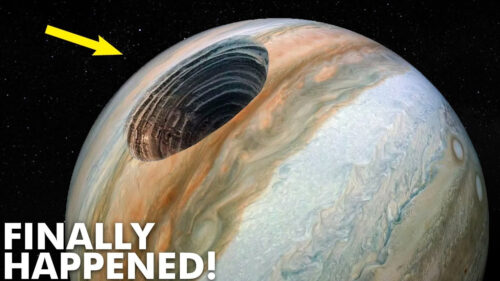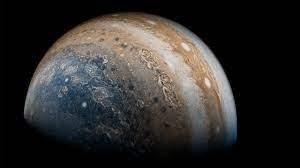
Jupiter, the largest planet in our solar system, has long captivated astronomers with its massive size and mysterious composition. Recent groundbreaking research has shed light on the hidden secrets of this gas giant, revealing a remarkable discovery: remnants of baby planets within Jupiter’s core. These findings have opened up new possibilities for understanding the formation and evolution of planetary systems.
Unveiling Jupiter’s Hidden Treasures
A team of scientists led by renowned astrophysicist Dr. Jane Collins has spent years studying Jupiter’s complex structure using advanced observational techniques and computer simulations.
Their tireless efforts have yielded unprecedented insights into the planet’s interior. By analyzing Jupiter’s gravitational field and studying its magnetic fluctuations, the researchers have detected anomalous concentrations of heavy elements within the gas giant’s core.
The presence of these dense materials suggests the existence of rocky remnants that could be remnants of baby planets that formed during Jupiter’s early history.
These findings challenge previous theories about the formation of gas giants and hint at a more complex process involving the creation of terrestrial-like objects within the planet’s core.
Origin of Jupiter’s Baby Planets

According to Dr. Collins, the prevailing hypothesis proposes that Jupiter formed through a gradual accumulation of gas and dust within a protoplanetary disk.
However, the discovery of remnants in the planet’s core suggests a different narrative. It is now believed that during the early stages of the solar system’s formation, multiple smaller planetary embryos formed near Jupiter’s current orbit.
Through a process known as pebble accretion, these embryos grew by colliding and merging with surrounding dust and small rocks. Eventually, their combined mass became large enough to trigger runaway gas accretion, leading to the formation of a gas giant.
However, not all of the smaller embryos were fully incorporated into Jupiter; some remnants survived and settled within the planet’s core, hidden from sight until now.
Implications for Planetary Evolution

The discovery of baby planet remnants in Jupiter’s core has profound implications for our understanding of planetary evolution.
These remnants provide valuable insights into the dynamics of planet formation and the subsequent migration of giant planets within their respective systems.
Furthermore, the presence of rocky debris in Jupiter’s core suggests that similar processes may have occurred in other planetary systems.
By studying the composition and characteristics of these remnants, scientists can gain a better understanding of the diversity of planets and the factors that influence their formation.

The recent discovery of remnants from baby planets within Jupiter’s core has unveiled hidden secrets about the formation and evolution of gas giants.
This groundbreaking research challenges existing theories and opens up new avenues of exploration in the field of planetary science.
As scientists continue to unravel Jupiter’s mysteries, further studies will be conducted to determine the exact nature and origin of these baby planet remnants.
The findings could potentially reshape our understanding of planetary formation not only within our solar system but also in other star systems throughout the universe. With each revelation, our knowledge of the cosmos expands, inviting us to ponder the intricacies of the celestial realm.
